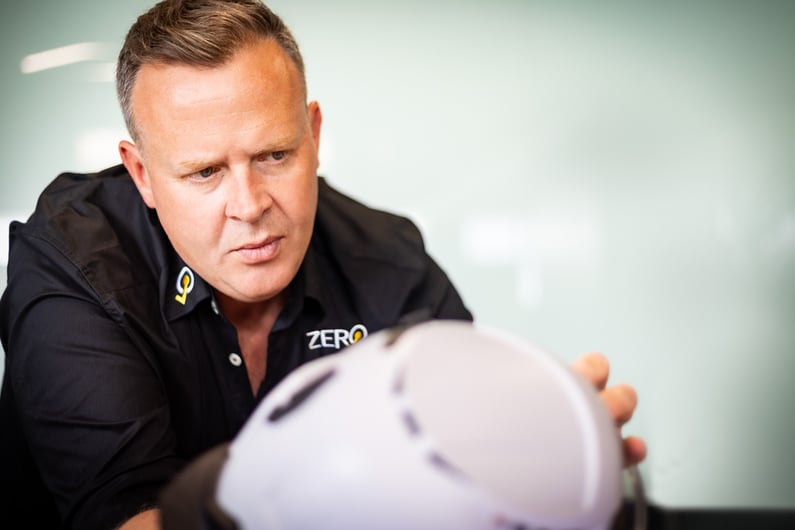I have been in the head protection industry for a while now—10 years, to be accurate. I have seen and been a part of a lot of advancements in helmets, and I have had the pleasure of engaging with a lot of people who rely on head protection in their workplace. What’s surprising is that when we are talking about helmets, safety is not often the first topic. Sometimes, not even the second. The first is, most always, the comfort of a helmet. It may sound counterintuitive, but technology is playing a pivotal role in how we engage with head protection.
If we look at the construction sector, where head injuries are a persistent concern, a fundamental change is underway. Instead of merely mandating personal protective equipment, the industry is focusing on supplying safety equipment that workers want to wear rather than have to wear, placing comfort at the forefront of decision-making. Take a look at how safety boots have evolved to become more stylish and ergonomic, with features such as cushioned soles and breathable materials. They still provide the necessary protection workers need, but they prioritise the overall satisfaction of the wearer through comfort and durability.
Let’s be clear: the argument for comfort does not dismiss the overarching importance of safety; rather, it asserts that we no longer need to view comfort and safety as antithetical. Technological advancements in the materials used for helmets aim to enhance both aspects simultaneously. Lighter-weight materials, improved airflow, and adjustable fittings cater to the diverse physical demands of construction tasks, ensuring that workers can perform their duties comfortably over extended periods.

Anthony Ford, Marketing Manager, ZERO Height Safety.
This evolution in energy absorption technologies has given rise to a new generation of helmets capable of withstanding greater impacts in conjunction with wearer comfort by improving air flow through the helmet and reducing the overall temperature. Cradle systems with multiple adjustment points contribute to a more personalised and secure fit that reduces those uncomfortable pressure points on the wearer’s head. The high level of customisation not only increases comfort but also enhances overall safety by preventing the helmet from shifting or dislodging during critical moments. Utilising lightweight materials and providing a more customised fit not only alleviates the burden on the wearer but also enhances overall wearability.
As industries continue to embrace these innovative solutions, they also continue to grow in acceptance and engagement among users. If we make safety equipment more comfortable, the construction industry is set to foster a culture where workers will willingly prioritise their well-being. It's time to make that change.

